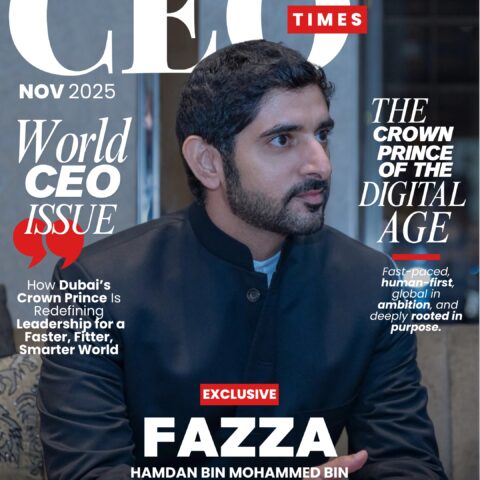Work environment — Working from home can be useful for a variety of reasons, but some people miss the office environment.
Aside from how exhausting it might be to work and live in the same location during the pandemic, many people miss the lively environment and interacting with friends in the office.
However, most people’s feelings vary depending on their work environment.
Work environments may have a significant impact on how a firm is managed, allowing employees to recruit friends if a position opens up, which is why companies must establish a favorable atmosphere.
While it may appear to be easier said than done, fostering a bright environment may often have the opposite effect, smothering staff and developing animosity.
We will look at how you may build a good work environment for your staff in this article.
Definition
Employees in a pleasant work environment feel supported, motivated, and engaged.
Open and effective communication, mutual respect, teamwork, and a sense of belonging are all important characteristics of such an atmosphere.
It promotes a culture that appreciates employee well-being, promotes growth and development, and celebrates accomplishments.
A good work environment is intended to improve employee happiness, productivity, and retention.
It encourages creativity, innovation, and a good work-life balance.
Finally, it fosters a pleasant and welcoming environment in which individuals thrive, cooperation flourishes, and organizational goals are realized with excitement and shared dedication.
Open communication
Promoting open communication is critical for fostering a healthy work environment.
It entails creating a culture in which employees are free to share their opinions, ideas, and concerns without fear of criticism or retaliation.
This may be accomplished through frequent feedback meetings, open-door policy, and the use of multiple communication methods to enhance information exchange.
Active listening and timely reactions from management are also necessary for establishing trust and ensuring that employees’ opinions are heard.
Organizations may handle issues quickly, settle disagreements efficiently, and build a culture of openness and cooperation that contributes to a good and engaged workforce by encouraging open communication.
Inclusivity and respect
A great work environment is built on mutual respect and inclusion.
It requires developing a culture that honors and appreciates the different ideas, experiences, and backgrounds of employees.
This may be accomplished through the implementation of inclusive recruiting processes, the provision of diversity and sensitivity training, and the promotion of a zero-tolerance policy for discrimination or harassment.
It is also critical to encourage polite and inclusive language, behaviors, and interactions among coworkers.
By cultivating mutual respect and inclusion, organizations may foster an environment in which everyone feels secure, welcomed, and appreciated for their unique contributions.
This improves employee morale and happiness while also increasing creativity, cooperation, and innovation in the workplace.
Teamwork and collaboration
A positive work environment requires encouraging teamwork and collaboration.
Organizations may unleash their workers’ full potential by cultivating a feeling of camaraderie and collaborative purpose.
This may be accomplished through facilitating cross-functional initiatives, defining clear goals that need collaboration, and fostering a culture of knowledge sharing and support.
Creating collaborative venues, such as team meetings, brainstorming sessions, and virtual platforms, boosts engagement and stimulates creative problem-solving.
When employees collaborate, they create a synergistic environment in which ideas blossom, productivity rises, and collective triumphs are acknowledged, establishing a pleasant and cohesive work environment.
Emphasis on work-life balance
Work-life balance is critical for fostering a healthy work environment.
Organizations may do this by encouraging policies and practices that prioritize the well-being of their workers.
Offering flexible work options, such as remote work or flexible hours, to satisfy personal demands is one example.
Encourage regular breaks, vacations, and time off for employees to encourage mental and physical refreshment.
Managers must set a good example by showing the value of work-life balance in their own activities.
Organizations demonstrate their devotion to employee health and happiness by promoting work-life balance, which results in decreased burnout, higher job satisfaction, and enhanced productivity.
It fosters an atmosphere in which people may prosper professionally while still having a fulfilling personal life.
Recognition and awards
Recognizing and recognizing accomplishments is critical to creating a healthy work environment.
It entails recognizing and rewarding employees’ efforts, achievements, and contributions.
This can be accomplished through a variety of methods, including verbal praise, written acknowledgment, public statements, and formal award systems.
Individual growth and motivation are also aided by regular feedback and performance reviews.
Organizations maintain a culture of excellence, motivate people to go above and beyond, and enhance morale by recognizing successes.
It cultivates a sense of validation, fulfillment, and happiness among employees, resulting in improved engagement, loyalty, and a pleasant work environment in which individuals feel appreciated and inspired to perform.

















